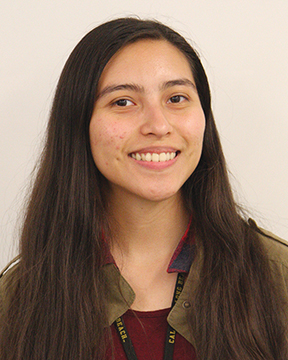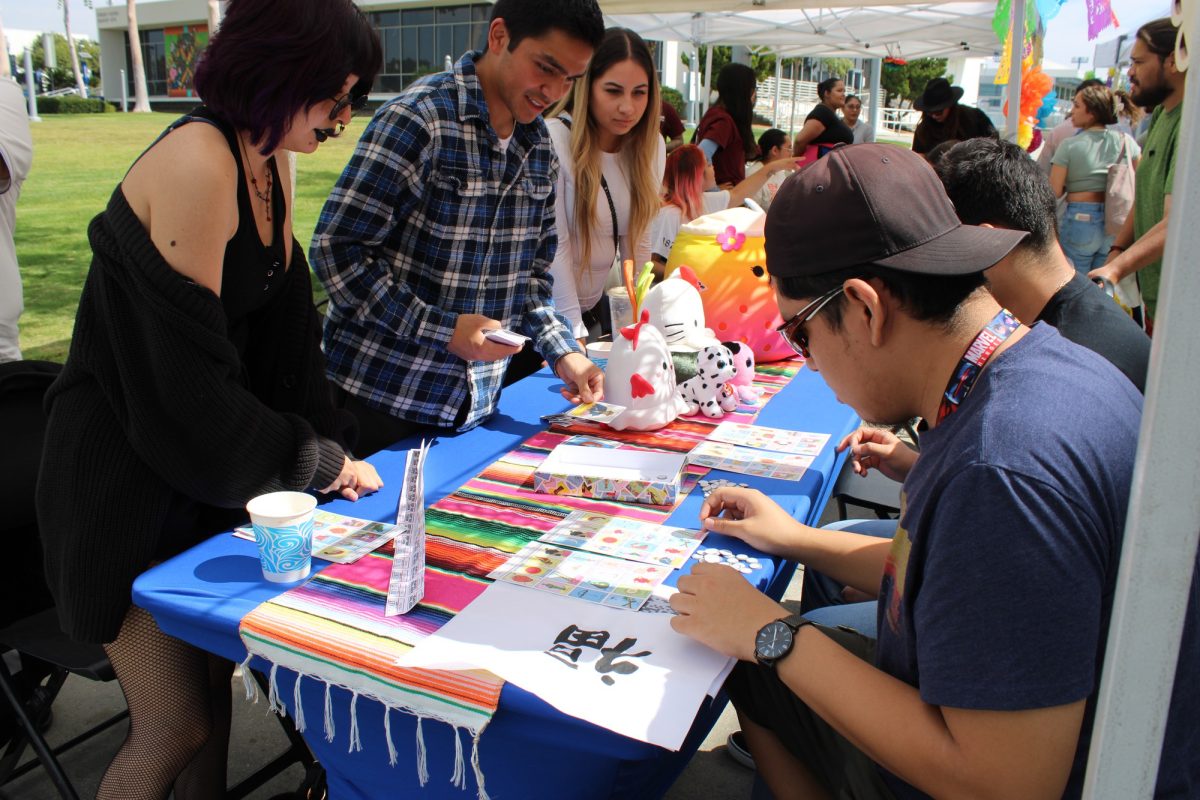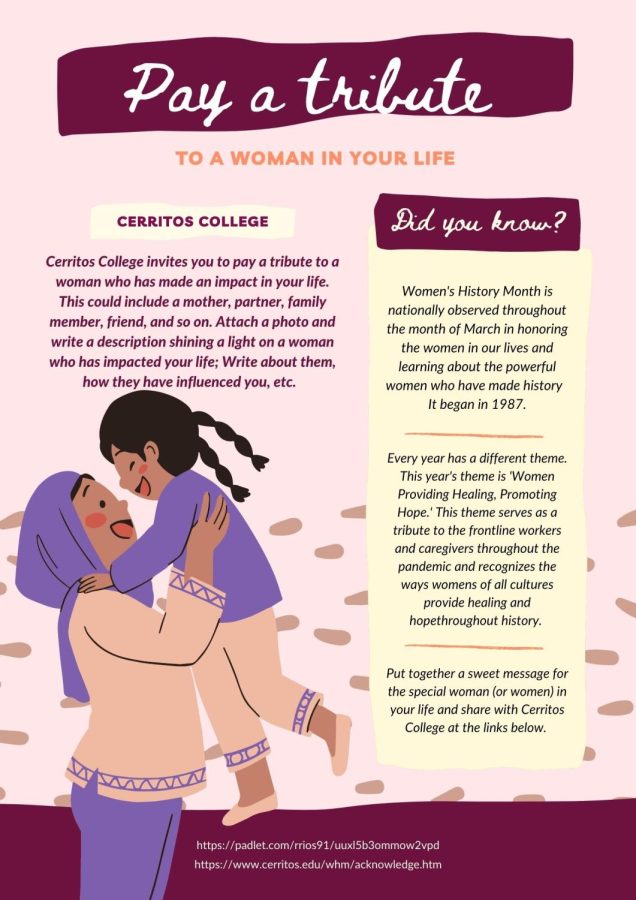As the celebration of Women’s History Month continues at Cerritos College, Women’s Studies professor, Mariam Youssef’s Women and Religion class was open for visitors to learn more about women’s roles in religious texts.
The event consisted of group discussion on an excerpt of text and the concept of hermeneutics, how one analyzes text.
Held Tuesday, April 4 in the Social Science building, Youssef brought up an array of questions to spark discussion for the topic. For instance, considering in what ways women are portrayed, whether it be positive or negative.
Both students and visitors were given time to consider these questions and Youssef then asked the class for their thoughts and opinions.
One of the intriguing points contributed, was that there were a number of different types of characters or tropes that could be seen among women in religious texts. Some of those include the motherly figure or the sinner. Youssef used those ideas to set the basis for further analyzation of the roles women.
This led to an interesting point of discussion that almost all religious texts were written by men. Furthermore, Youssef continued to mention that those who tell stories plays a major role in how people are seen or portrayed in them.
As the discussion ended, the class was divided into five different groups and given an excerpt of a sacred text.
They attendees were instructed to read through it and answer questions regarding it, such as what the text was, a brief synopsis or summary, what women were doing, the roles/titles they held, and what sorts of positive or negative representations were present.
A few of the texts discussed were the Hadith on Khadija (Islamic text), the Hebrew Bible, and Rig Vada (Hindu text).
Students also pondered alongside these texts the previous discussions on the tropes that women were written into and an intriguing point Youssef discussed, was how generally speaking, some women in religious texts in were given titles and not names.
Marie Letfalah, undecided major, found the discussion interesting she said, “Seeing how women were treated– looking at power– it’s not just one thing.”
In excerpts such as the Hebrew Bible and Hadith on Khadija women were given roles of power or authority.
For instance in the excerpt of the Rig Veda, one student interpreted the goddess Durga not only to be very powerful, but also seen as a creator, protector, among other roles however, still subject to other gods.
Youssef then ended the lecture by discussing the five different types of hermeneutics and related them back to women and religion. She went on to say that it offers both a different result and interpretation of a text.
“You have your own experience with the world– every time you read anything– you are bringing all of that into the text and that changes the attitude with which you read anything” Youssef mentioned when introducing hermeneutics.
First, hermeneutics of loyalty, where the problem lies not with the text but the reader. Second, hermeneutics of rejection, which states that the problem lies with the text and not the reader.
Third, hermeneutics of revision, the reader takes into account historical or political context as is.
Fourthly, hermeneutics of suspicion, similarly to that of revision instead of historical or similar context, patriarchal context is taken into account.
Lastly, hermeneutics of liberation, as the name suggests it is assumed the author of the text wrote it for the intent and purpose to free the reader.
Angel Gurerra, undecided major, mentioned the lecture is “something I gave more thought to.”
Youssef concluded,”I love these discussions. Students have a good grasp on different world religions and they are able to start analyzing what they’re seeing and give a lot of great insight as well and I appreciate that.”








